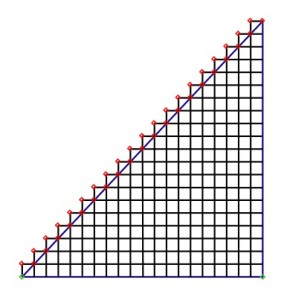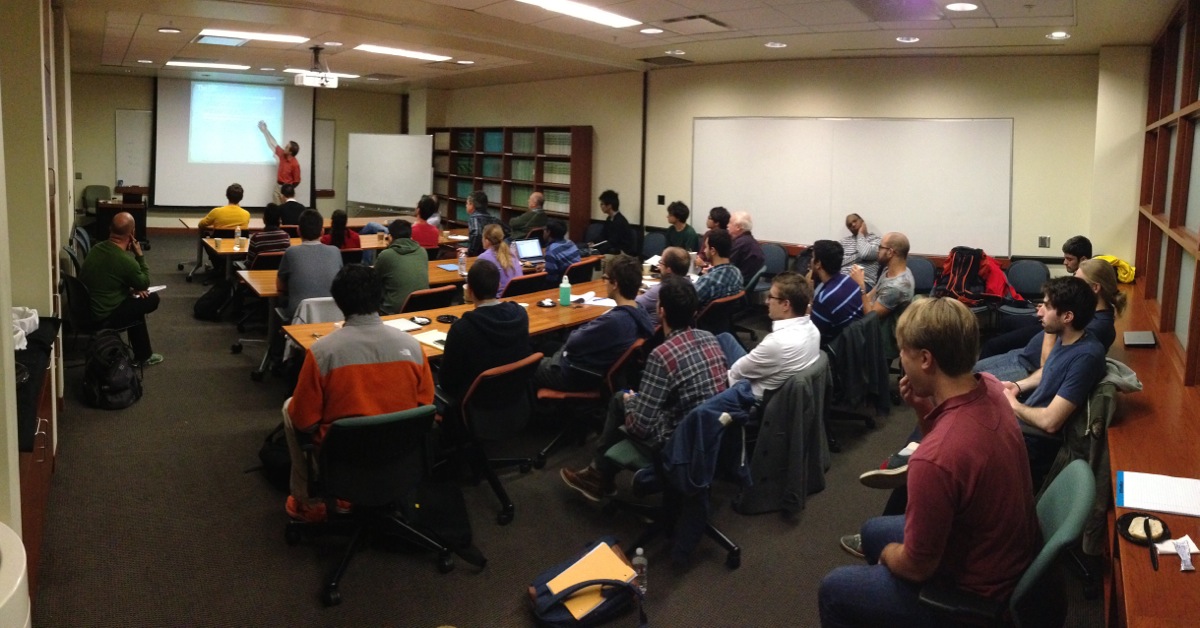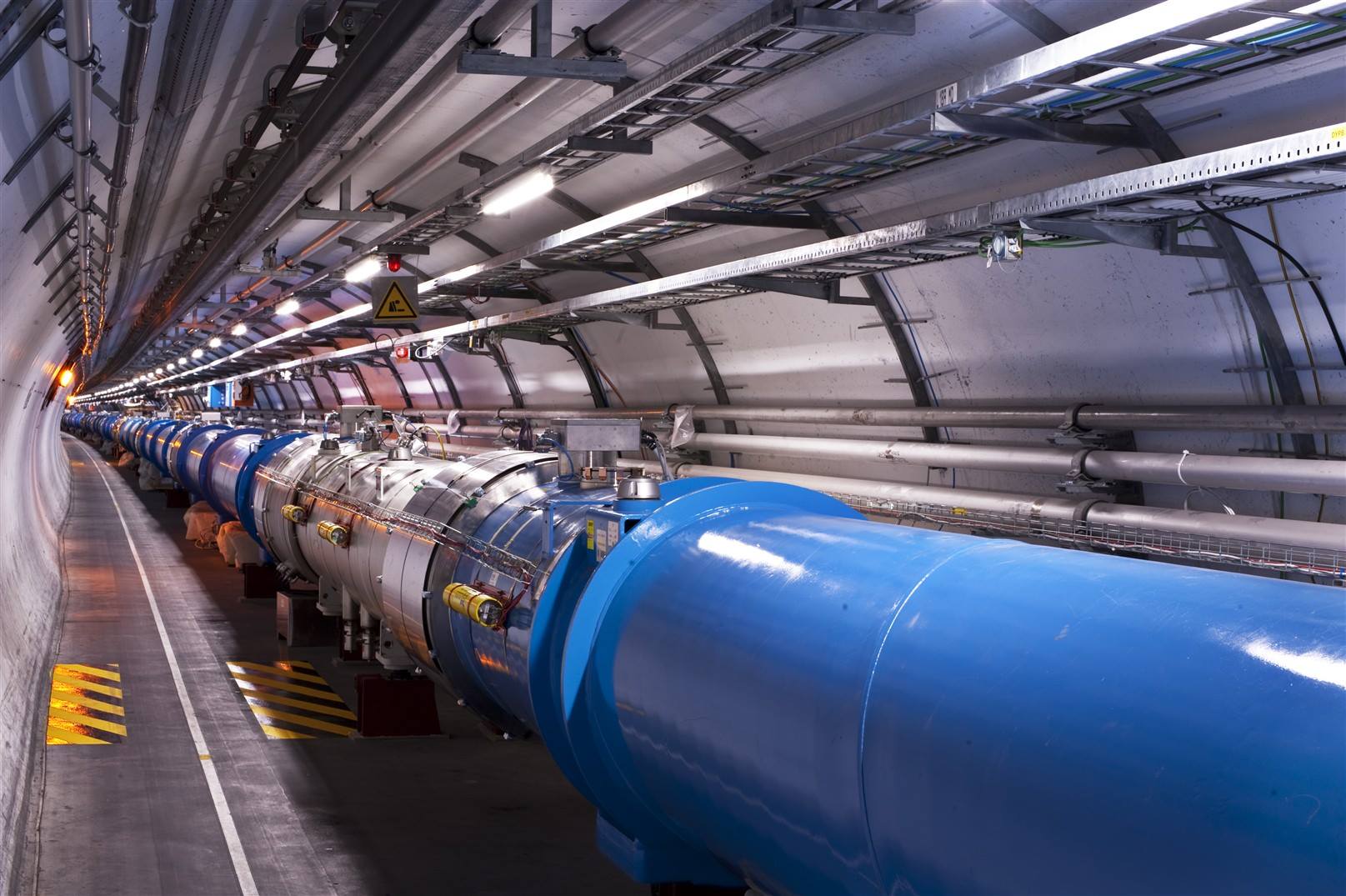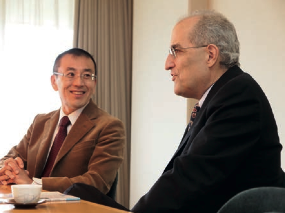Sabbatical Dreams Fulfilled!
 Well, today’s hunt for a print copy of the New York Times (click for larger view) was easier than the Wall Street Journal hunt a couple of months back. Been a while since I was in the Science Times, and I’ve not been in it in this capacity before. The Simons Fellowship announcement was today, and I was awarded one. I’m honoured to be in such fine company! Nice to see my friends Lawrence Hall, Jeff Harvey, Petr Horava, Andy Strominger among my fellow Fellows, and congratulations to everyone!
Well, today’s hunt for a print copy of the New York Times (click for larger view) was easier than the Wall Street Journal hunt a couple of months back. Been a while since I was in the Science Times, and I’ve not been in it in this capacity before. The Simons Fellowship announcement was today, and I was awarded one. I’m honoured to be in such fine company! Nice to see my friends Lawrence Hall, Jeff Harvey, Petr Horava, Andy Strominger among my fellow Fellows, and congratulations to everyone!
This is a major part of my sabbatical planning for next academic year (half book-completing, half research), and it sure is great to get it. There aren’t many fellowships of this sort for my area of work. Thanks Simons Foundation and all concerned.
-cvj
*And when I say fulfilled… Well, there’s still the matter of actually doing the thing and getting all my planning to work out… Click to continue reading this post









 There’s an SCSS today, at USC! (Should have mentioned it earlier, but I’ve been snowed under… I hope that the appropriate research groups have been contacted and so forth.) The schedule can be found
There’s an SCSS today, at USC! (Should have mentioned it earlier, but I’ve been snowed under… I hope that the appropriate research groups have been contacted and so forth.) The schedule can be found 


